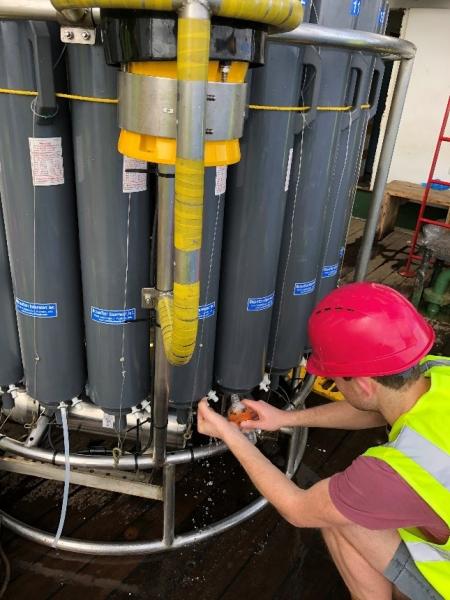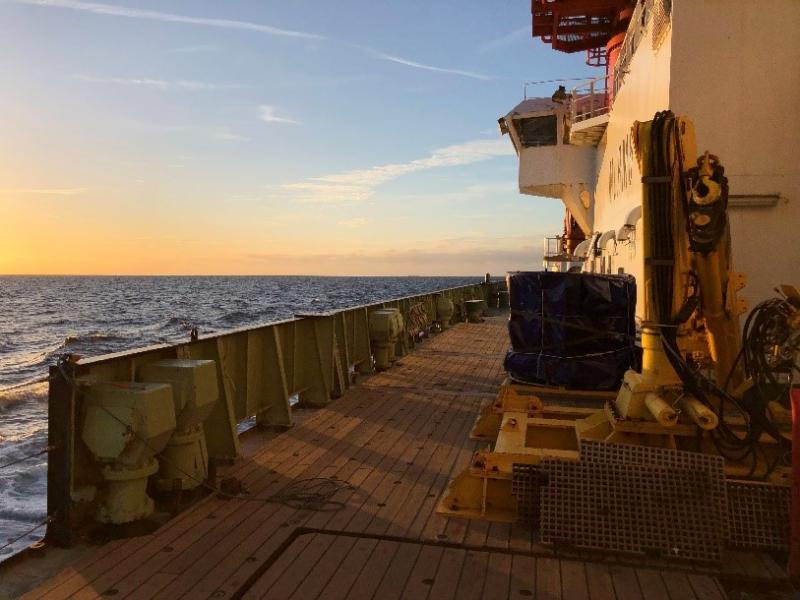When we think of a graveyard, the last thing that we think of is the ocean: a vast expanse of water that teems with life and a bounty of fascinating dynamical processes.

The Gulf Stream happens to be a sink of highly energetic ocean processes, for example mesoscale ocean eddies. Eddies are important because they dominate the oceans kinetic energy budget, and are capable of transporting and mixing oceanic properties, such as carbon, heat and biologically sustaining nutrients. The Gulf Stream is the first stop on the GOSHIP research expedition where we will make some of our first ocean measurements. To see this up close and personal is exciting.
I am currently a PhD student at the University of East Anglia researching ocean eddy air-sea interaction. This project is entirely modelling based and does not require me to procure any in-situ ocean measurements. However, as an ocean modeller, I was curious to explore how observational oceanography works. So here I am, part of the physics team, fitted with a hard hat, steel toe capped boots and a high vis, out on deck with a pitch-black backdrop of nothingness, taking salinity samples from CTD Niskin bottles. This couldn’t be further from my normal desk duties, where I fiddle with MIT general circulation model data files and drink tea.

Our physics team is comprised of the PI, Alejandra, Chief Scientist Brian, and four volunteers, myself, Jess, Kat, and Charles, all eager to learn. It is early days, but I am enjoying it all so far. The weather is pleasant, the food is tasty, and the boat hasn’t thrown me to the floor yet. We took part in our first CTD adventure, which went smoothly (Picture 1). For me, it was fascinating seeing actual temperature and salinity profiles taken from the CTD sensors as it descended the water column. As a modeller, some smooth analytical function is used to mimic these profiles. So, seeing in-situ profiles develop was a really cool experience.
Aside from our CTD duties, we will all be in charge of monitoring and cross-checking particular data streams, for example sea surface temperature, zonal and meridional velocities, and bathymetry. Something else we will all learn about is the processing of salinity samples that were collected from the CTD Niskin bottles. As I come from a mathematics background with no chemistry experience, I am keen to see how this is done.
Seeing the amount of work and effort that goes in to collecting oceanographic data is inspiring. The scientific community on board this ship is focused and committed individuals, that have the aim of collecting absolutely invaluable data. Of course, none of this could be done without the hard-working crew on board as well. It is a privilege to be on board the RRS James Cook.